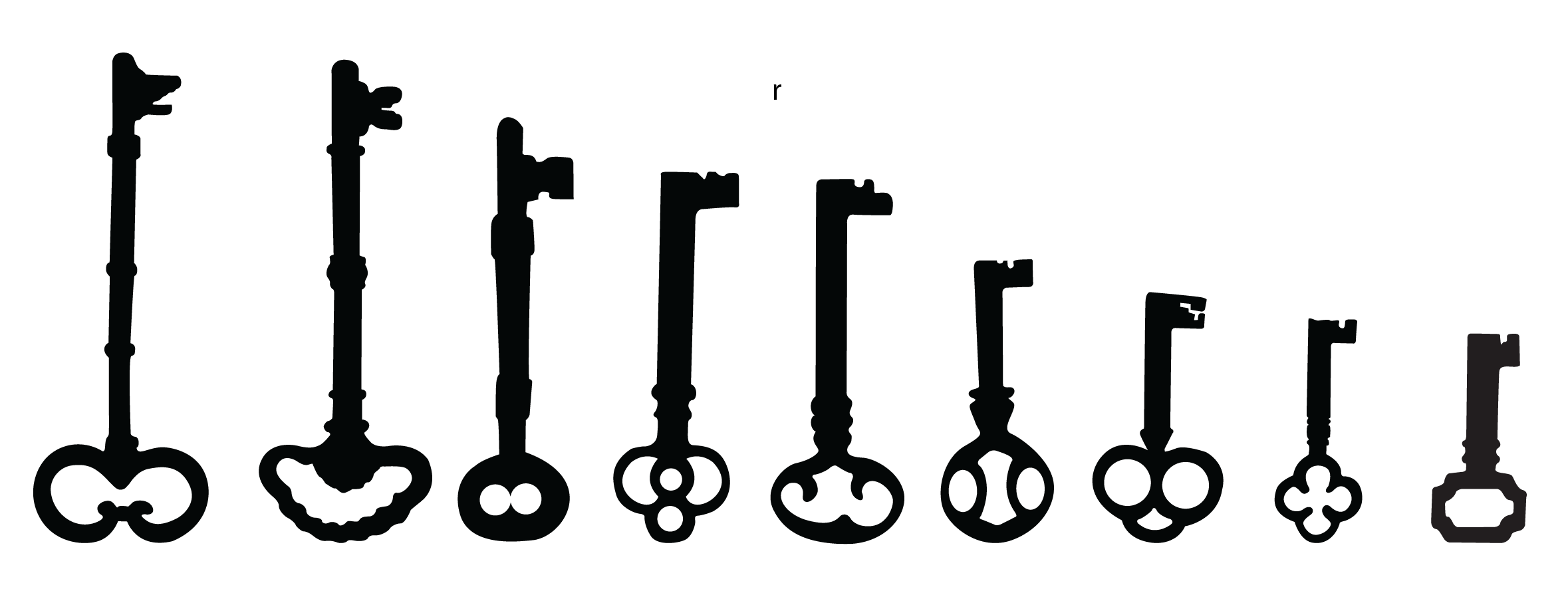ROTO 101
Key Elements
First in a 4 Part Series on Key Elements of the Rotogravure Process

The “Key Elements” of the rotogravure process are defined as:
- Operator Best Practices/Training
- Cylinders:
- RZ (surface roughness)
- HV (chrome hardness)
- Ink Management:
- Stability
- Cleanliness/Filtration
- Doctor Blades
- Microstructure/Quality
- Maximizing your investment
- Controlling your process (set standards/sustainability)
- Responsibility/Accountability
- How to get help
Before discussing these elements in detail, we must discuss why they are important to your process. If these key elements are “under control,” your process will not only be improved, but repeat-ability will also become achievable and sustainable (as will increased profits). Let’s face it—the basic premise of rotogravure is that the first package is the same as the 1,000,000th package without altering the process, and the primary reason why we are not easily achieving this is because we are not in control.package is the same as the 1,000,000th package without altering the process, and the primary reason why we are not easily achieving this is because we are not in control.
“Change is good. Change is necessary. Without change, you will be left behind.”
THE NEED FOR CHANGE
Many companies have responded to increased global competition and reduced margins by consolidating manufacturing facilities and eliminating non-direct manufacturing positions. These so called “cost-reducing measures” do little to address the real and ongoing cost issues related to quality and productivity. These are the issues that make or break your bottom line every day!Many companies have responded to increased global competition and reduced margins by consolidating manufacturing facilities and eliminating non-direct manufacturing positions. These so called “cost-reducing measures” do little to address the real and ongoing cost issues related to quality and productivity. These are the issues that make or break your bottom line every day!
Today’s profitability and long-term survival belongs to the fittest printers. That is to say, today’s most profitable printers have identified and established tolerances for every process element and manage their process to those tolerances every day. They have moved from the “art” of printing to the “science” of printing!
Consider this:
- Most rotogravure printers know their bottom line profitability and their overall waste. These numbers appear on their P+L every month.
- Most printers know that each dollar saved from waste goes directly to their bottom line.
- What most printers don’t know is – how to move dollars from their costof-goods-sold line (waste) to their bottom line!
The most fundamental answer to the questions concerning becoming more profitable is the word: CHANGE.The most fundamental answer to the questions concerning becoming more profitable is the word: CHANGE.
As a former printing manager, I realize that the day-to-day workload can be demanding, and it often seems as though there is not enough time to deal with all the reports, meetings, corrective actions/ product complaints, personnel issues, scheduling, and pressroom issues. This is certainly a challenge for upper management to resolve, but in the meantime, it may be in your best interest to assign a “Champion” to monitor current KPIs (Key Performance Indicators) such as waste, downtime, makeready time, and color-match time.As a former printing manager, I realize that the day-to-day workload can be demanding, and it often seems as though there is not enough time to deal with all the reports, meetings, corrective actions/ product complaints, personnel issues, scheduling, and pressroom issues. This is certainly a challenge for upper management to resolve, but in the meantime, it may be in your best interest to assign a “Champion” to monitor current KPIs (Key Performance Indicators) such as waste, downtime, makeready time, and color-match time.
Once you know your current process and its failures, you can set your goals and begin to fix the problems. And the best way to start is by bringing in an extra pair of eyes and hands because, let’s face it, if you knew how to fix your issues, you would have already done so. There are many reasons why pressrooms fail—workloads, lack of experience, hierarchy, etc. — and there are many vendors with vast experiences who offer a wide array of services such as training, audits, and corrective actions. Capitalize on these resources, and use them to your benefit.Once you know your current process and its failures, you can set your goals and begin to fix the problems. And the best way to start is by bringing in an extra pair of eyes and hands because, let’s face it, if you knew how to fix your issues, you would have already done so. There are many reasons why pressrooms fail—workloads, lack of experience, hierarchy, etc. — and there are many vendors with vast experiences who offer a wide array of services such as training, audits, and corrective actions. Capitalize on these resources, and use them to your benefit.
Once your pressroom has been completely evaluated based on industry best practices, you can then create an action list, assign the items on this list to certain individuals, and establish a completion date.
Ultimately, the process is going to involve change in order to achieve and/or exceed your stated goals. Note that the word “change” is in bold because this is where we typically fail. It’s like the movie “Groundhog Day.” Every pressroom operates the same today as it did yesterday, and it will all repeat again tomorrow. It’s comfortable and safe. Change however, is often feared and resisted at all levels, except by the person who is ultimately responsible for the “Bottom Line.” To succeed in implementing needed changes, you must make sure that your team is willing and trained, because, as a former boss of mine once said, “You’re only as good as the people who work for you.”person who is ultimately responsible for the “Bottom Line.” To succeed in implementing needed changes, you must make sure that your team is willing and trained, because, as a former boss of mine once said, “You’re only as good as the people who work for you.”
SUSTAINING CHANGE
Having brought in the needed resources, completed the evaluation, and assembled the team, you should know where you are, where you want to be, what you have to fix, and when it’s going to be fixed. That’s a big step for most pressrooms.Having brought in the needed resources, completed the evaluation, and assembled the team, you should know where you are, where you want to be, what you have to fix, and when it’s going to be fixed. That’s a big step for most pressrooms.
Your biggest obstacle will be sustainability. In order to ensure long-term success, it’s extremely important to create new procedures and enforce them. Get everyone involved and hold everyone accountable. Make sure that each individual on the pressroom team understands that everyone is responsible!Your biggest obstacle will be sustainability. In order to ensure long-term success, it’s extremely important to create new procedures and enforce them. Get everyone involved and hold everyone accountable. Make sure that each individual on the pressroom team understands that everyone is responsible!
Change is good. Change is necessary. Without change, you will be left behind. Again, the entire process works best when one individual is trained to monitor and control the process on an ongoing basis. This person becomes your internal “agent of change.”
My biggest successes have been with small companies who invite change and want to compete with the “big guys.” They have literally put their egos aside and opened their pressrooms to me. We all need to bury our egos and get help when offered. My success and the success of my company relies on your success as a printer. As I see it, we are in this together!
If you need help with assessments or training for the best doctor blade solution, contact one of our experts for a consultative evaluation. Our team will be able to help you with solutions.
Download Technical Article
About the Author
Steve Boettcher is a 23-year veteran of rotogravure and no stranger to all facets of the pressroom. For two years Steve fixed presses as a mechanic. He operated a rotogravure press for ten years, and spent eight years at different levels of pressroom management at several major flexible packaging companies including Menasha Corp, Milprint, Alcan, and American Packaging.
For the last three years, Steve has been the Technical Service Manager for FLXON, Inc., a printing-solutions company. His main role has been to educate printers on pressroom efficiencies and the direct relationship doctor-blade quality has on achieving these efficiencies. Steve also performs doctor-blade analysis and is the product manger/designer for the new G-2 product line.
Steve’s goal is to educate every printing manager on the responsibility they have to ensure that the “Key Elements” (Doctor Blades, Ink, Cylinders and Operator practices) of printing are understood and that every vendor is held accountable for delivering consistent, quality products.

